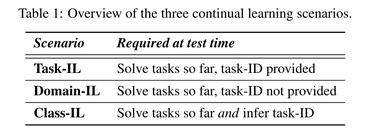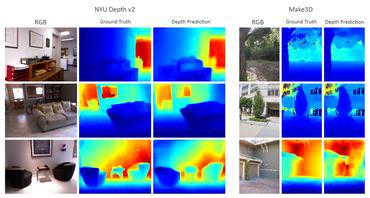Trending Research
Continual Learning of Large Language Models: A Comprehensive Survey
In this survey, we provide a comprehensive overview of the current research progress on LLMs within the context of CL.
Llama 2: Open Foundation and Fine-Tuned Chat Models
In this work, we develop and release Llama 2, a collection of pretrained and fine-tuned large language models (LLMs) ranging in scale from 7 billion to 70 billion parameters.
 Ranked #2 on
Question Answering
on PubChemQA
Ranked #2 on
Question Answering
on PubChemQA
Groma: Localized Visual Tokenization for Grounding Multimodal Large Language Models
We introduce Groma, a Multimodal Large Language Model (MLLM) with grounded and fine-grained visual perception ability.
Efficient Multimodal Learning from Data-centric Perspective
Multimodal Large Language Models (MLLMs) have demonstrated notable capabilities in general visual understanding and reasoning tasks.
MultiBooth: Towards Generating All Your Concepts in an Image from Text
MultiBooth addresses these issues by dividing the multi-concept generation process into two phases: a single-concept learning phase and a multi-concept integration phase.
Retrieval Head Mechanistically Explains Long-Context Factuality
Despite the recent progress in long-context language models, it remains elusive how transformer-based models exhibit the capability to retrieve relevant information from arbitrary locations within the long context.
Assisting in Writing Wikipedia-like Articles From Scratch with Large Language Models
We study how to apply large language models to write grounded and organized long-form articles from scratch, with comparable breadth and depth to Wikipedia pages.
MolTC: Towards Molecular Relational Modeling In Language Models
Molecular Relational Learning (MRL), aiming to understand interactions between molecular pairs, plays a pivotal role in advancing biochemical research.
AutoCrawler: A Progressive Understanding Web Agent for Web Crawler Generation
We propose AutoCrawler, a two-stage framework that leverages the hierarchical structure of HTML for progressive understanding.
Metric3D v2: A Versatile Monocular Geometric Foundation Model for Zero-shot Metric Depth and Surface Normal Estimation
For metric depth estimation, we show that the key to a zero-shot single-view model lies in resolving the metric ambiguity from various camera models and large-scale data training.
 Ranked #1 on
Surface Normals Estimation
on NYU Depth v2
(using extra training data)
Ranked #1 on
Surface Normals Estimation
on NYU Depth v2
(using extra training data)





